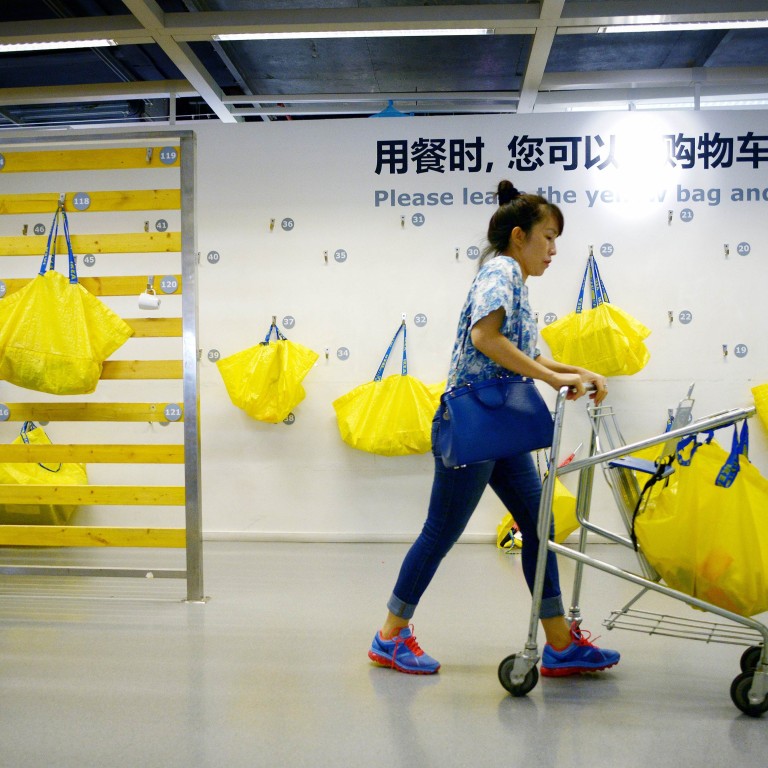
China's 'new normal' of slower growth is to be welcomed
Yao Yang says the rate will remain robust over next decade amid rebalancing
China's economy is, at long last, undergoing a rebalancing, with growth rates having declined from more than 10 per cent before 2008 to roughly 7.5 per cent today. Is this China's "new normal", or should the country anticipate even slower growth in the coming decade?
China's rebalancing is apparent, first and foremost, in the export sector. Export growth has slowed from its 2001-2008 average of 29 per cent annually to below 10 per cent, making foreign demand a far less critical engine of growth.
Moreover, manufacturing employment and output, as a share of the total, began to decline last year. In fact, in the first half of this year, services accounted for more than half of total economic growth. It is no surprise, then, that China's current-account surplus has shrunk rapidly, from its 2007 peak of more than 10 per cent of gross domestic product to about 2 per cent of GDP today.
This rebalancing has helped to improve China's income distribution. Indeed, in recent years, labour's share of national income has been on the rise.
That has meant greater regional balance as well: the coastal provinces, which produce more than 85 per cent of the country's exports, are experiencing the most pronounced slowdown, while inland provinces have maintained relatively high growth rates.
Two principal factors are driving this shift. The first is the decline in global demand in the wake of the 2008 financial crisis, which has forced China to adjust its growth model sooner than anticipated. The second is China's ongoing demographic transformation. The share of working-age people in the total population has been declining since its 2010 peak of 72 per cent. And the absolute number of working-age people has been falling since 2012.
At the same time, China is undergoing rapid urbanisation, with some 200 million people having left the agricultural sector in 2001-2008 to seek urban jobs. More recently, however, the pace of migration has slowed substantially.
All of this implies lower growth rates for China - though perhaps not as low as the 6-7 per cent rates that some economists are predicting for the next decade. In fact, relying on China's past growth record to predict future performance is inherently problematic, owing not only to important shifts in the labour force, but also to the fact that the speed and scale of China's pre-2008 growth was unprecedented.
For starters, it is likely that the contribution to output growth of the rising ratio of working-age people prior to 2010 was overestimated. That makes the subsequent decline in the ratio an inaccurate measure with which to determine the negative impact on the economy.
Moreover, this approach neglects the educational dividends that China will enjoy over the next 20 years, as the younger generation replaces older workers. Furthermore, China's low retirement age - 50 for women and 60 for men - provides policymakers with room to manoeuvre.
Other trends are boosting China's prospects further. Though investment is likely to decline as a share of GDP, it will probably take a decade for it to dip below 40 per cent - still robust by global standards.
Finally, China's capacity for innovation is improving steadily, owing to increasing human capital and rising investment in research and development.
Based on these trends - and assuming a constant labour-participation rate - China's potential growth rate over the next decade is likely to average 7.27 per cent. This may be much lower than the high rates previously, but it is more than adequate by global standards. If this is China's "new normal", it would still be the envy of the rest of the world.
